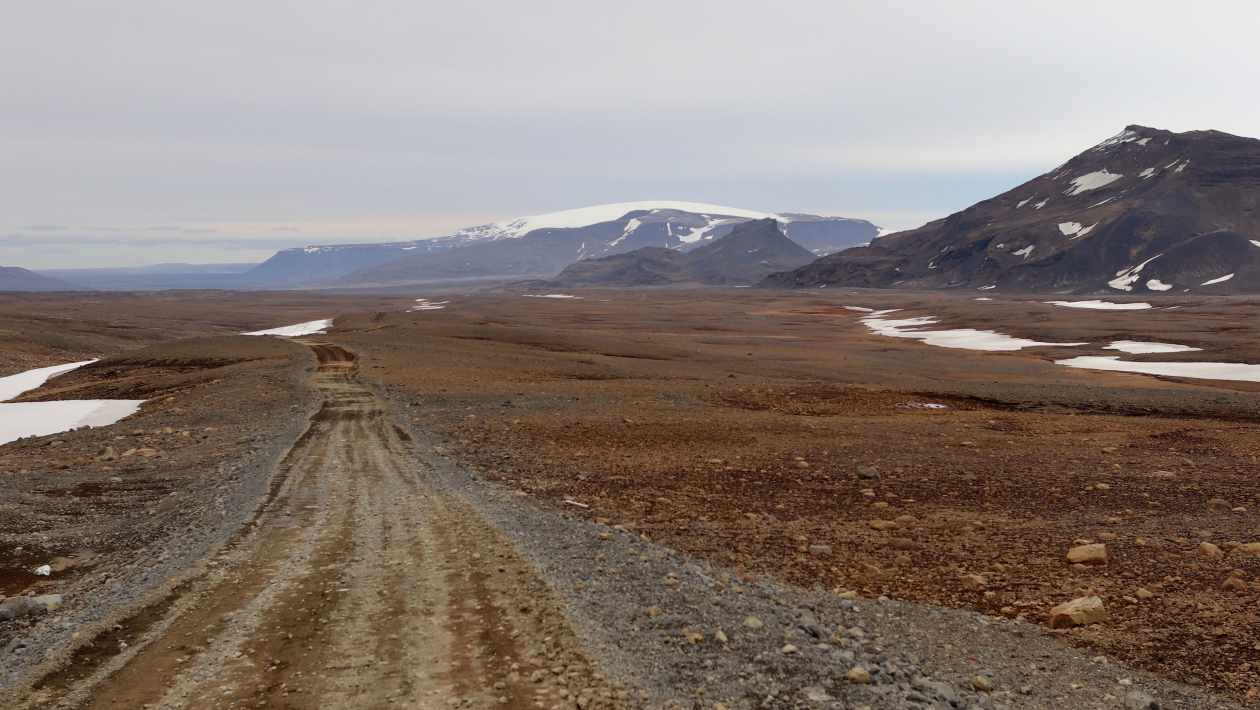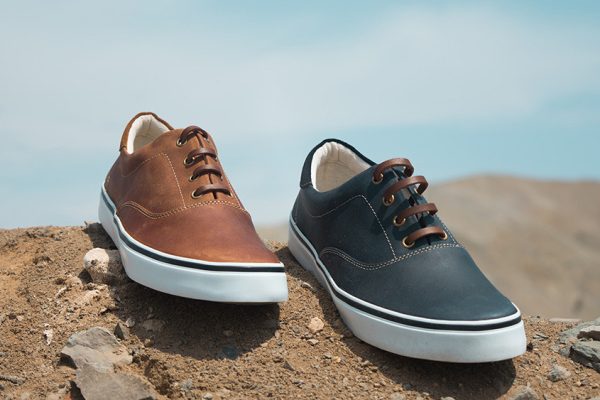Before you go strutting to your local quarry with a pickaxe and a smile, you should know a handful of invaluable pieces of information that will save you your effort’s weight in gold. Here are places to find gold bearing dirt. First and foremost…
What Is Gold?
I’m glad you asked! Gold is a noble metal, which basically means it is impervious to common corrosion. It will never rust like iron and the oxidation that does occur can be washed away with minimal effort. Gold is also considerably non-reactive when compared to most other elements. When all of this information is combined you end up with a fact that most people don’t realize before they ask things like…
“Why Is Gold So Valuable?”
A future prospector such as yourself ought to realize that gold isn’t like oil, contrary to a classic t.v. series theme song. You will never find “new” gold. The gold that our planet contains is all the gold it will ever contain unless we get a delivery via asteroid or through nuclear reaction. Given our understanding of nuclear physics presently, it is economically damaging to fabricate gold for profit.
Consider this: At the current moment there are approximately 200,000 tonnes of gold above ground. Imagine a solid cube that has 72′ sides. That is the current “used” gold of our planet. We’re talking about nine trillion dollars. It’s safe to say we shouldn’t have to produce more anytime soon.
Besides its scarcity in relation to other metals, gold is incredibly malleable. It can be drawn out into a wire that has the thickness of a single atom, which can then be stretched more before breaking. You could actually draw it out so thin that a sheet of it would be transparent!
Where’s It From Then?
There are a handful of theories regarding the original formation of gold. Most entail galactic fireworks shows of unimaginable proportion. Either way, this is what we know for sure: Gold is heavy enough and has a melting point that allows it to sink into the core of the planet. This allows the four primary gold deposit types.
Lode
When the tectonic plates shift and collide or grind together, magma is pushed upward where it cools off to create metamorphic rocks. The metamorphic rocks have fault lines similar to human veins that allow geothermal water (which carries molten gold) to escape into cooler areas. When the water cools the gold therein solidifies; giving us lode deposits.
Intrusive
Imagine lode deposits without the water. Just regular magma is pushed through the cracks where it cools, leaving behind new rock formations; including gold deposits.
Placer
Formed by the eroding pieces of the two previous deposit types. When lode and intrusive deposits are cool enough to allow water to run through them, they naturally erode and let particles flow with the water. When that water meets a stream or creek the gold flows until gravity pulls it into the bed of the waterway, where it’s then covered by dirt.
Laterite
Formed from existing deposits. Consisting of rock types that are iron-rich due to the weathering of bedrock. Gold from the bedrock combines with iron oxide to form these deposits, which are typically rust-red-colored, and specific to tropical and hot climates.
Online stores that sellgold-bearing dirt
You can visit an online store such as Irwin’s Paydirt to purchase guaranteed gold-bearing dirt online and have it delivered straight to your house.
Keep It Legal!
Trying to excavate a mine that already has a claim would be like walking into a house at mid-day while the residents are awake, and telling them that you now own their things and you intend to take them. Not a good idea.
If you do happen upon a deposit worth putting effort and capital into and it hasn’t already been legally claimed, and isn’t located on someone’s property; take the necessary legal steps to acquire the land. It’s the only way to ensure your claim to the contents. Even after you’ve claimed the deposit there’s a good chance that others will attempt to mine, claim, or otherwise force you out of the land.
No one said it was a glamorous business…
Locations By Number
South Africa held 75% of the gold reserves in 1970 and had mined (at the time) more gold than any other country could ever imagine. In fact, they still hold the record for annual production. Today most of the world’s gold that is “freshly” mined comes from China. Carrying a staggering weight of 383.2 tonnes annually.
Russia comes in at a wide margin for second place with 329.5 tonnes annually.
In third comes Australia, closely sitting to Russia with a weight of 325.1 tonnes annually.
Last but clearly the least of the highest few is the United States with a trailing distance that leaves the number at a measly 200.2 tonnes annually.
Disclaimer: At no point is it ever a good idea to attempt to mine a deposit without the proper gear, insurance, manpower, legality, common sense, etc. If this simplified guide was the deciding factor in your decision to go “find gold in them hills,” then don’t. It’s more difficult than it sounds.





